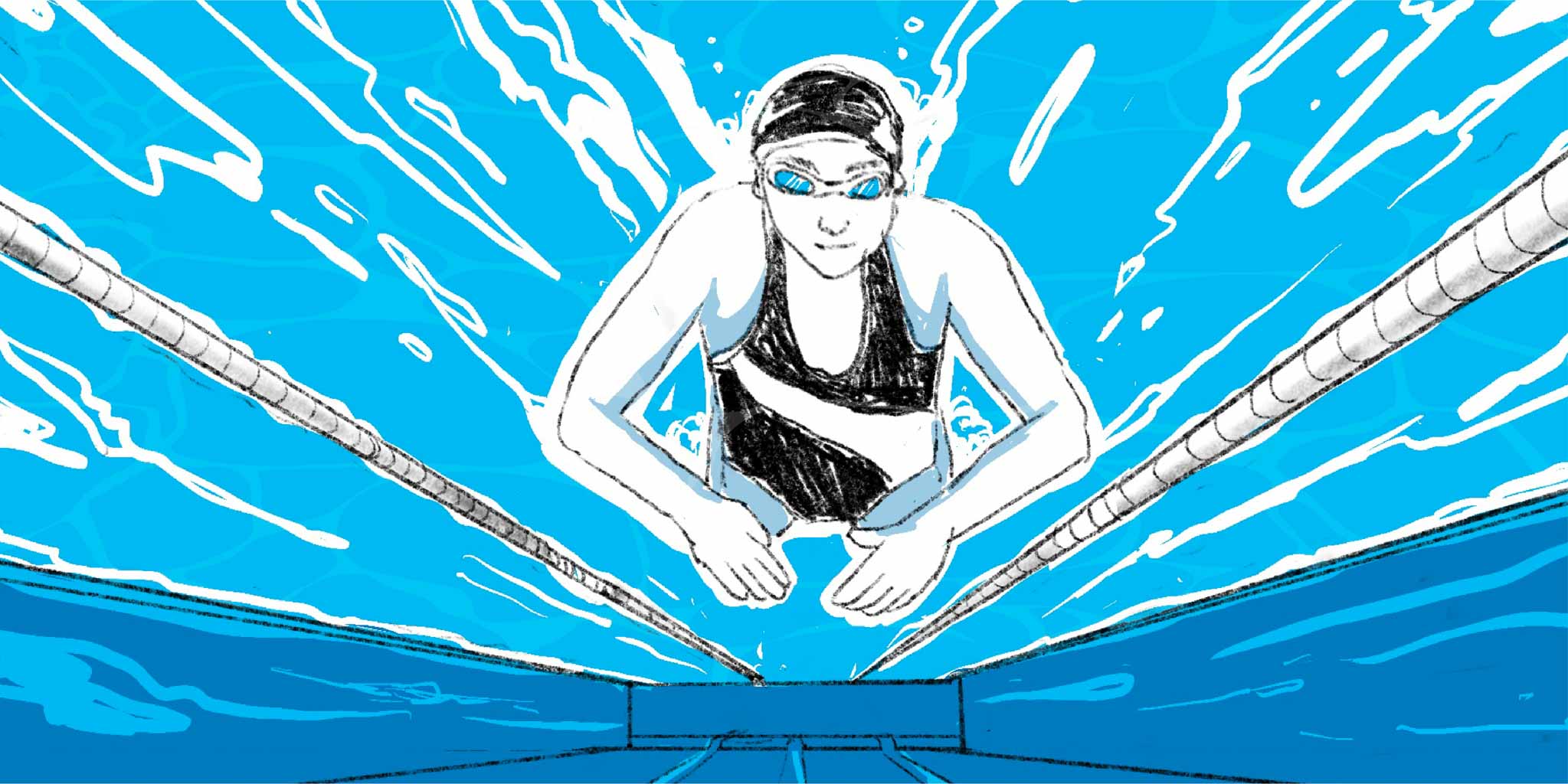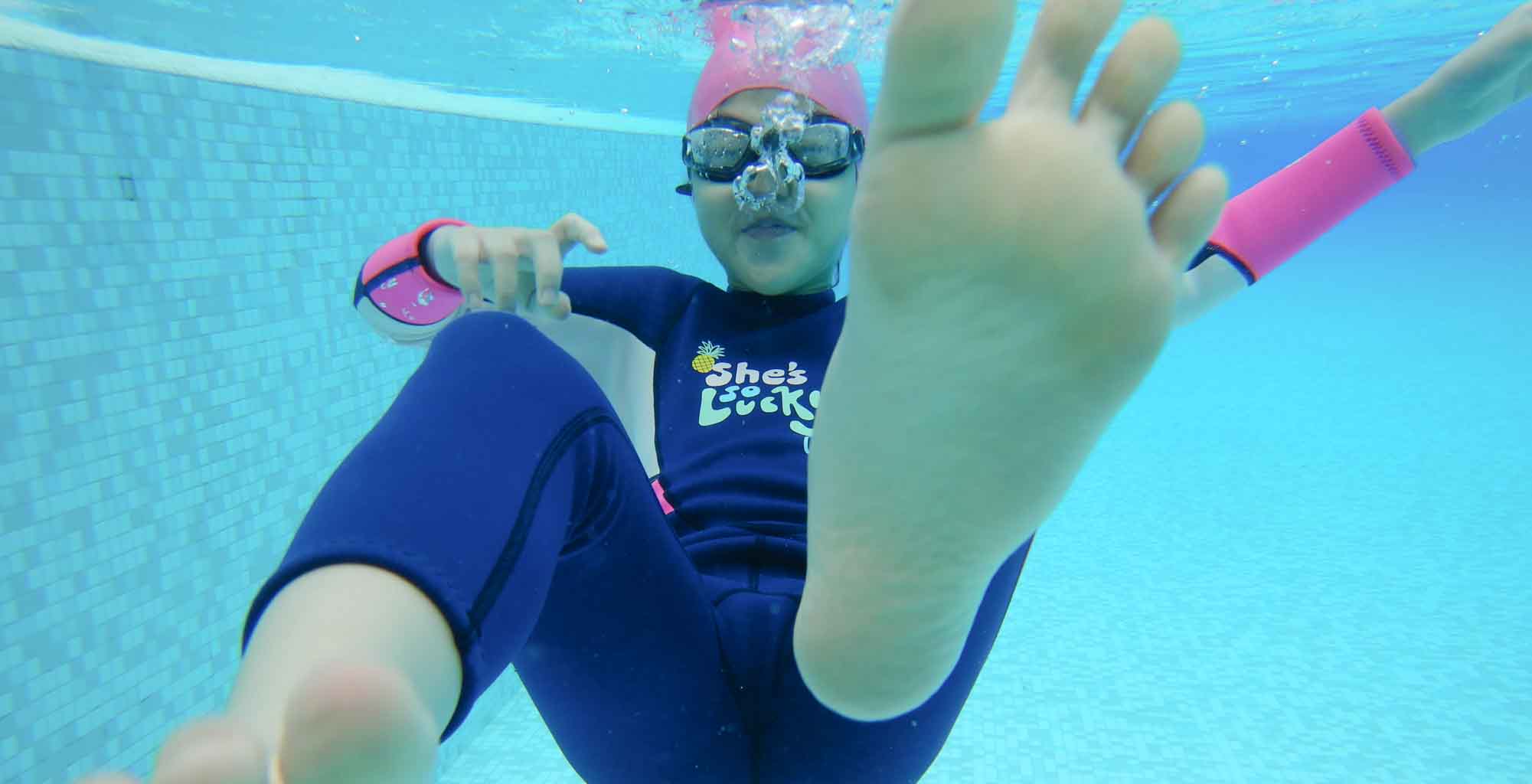Understanding Breaststroke

Like no other stroke, the breaststroke has changed dramatically during the past 20 years. Coach Josef Nagy of Hungary invented the wave style of breaststroke, in which the swimmers’ shoulders rise up and above the water to resemble a wave, in the late 1980s and early 1990s. Under the guidance of Nagy and Jon Urbanchek from the University of Michigan, Mike Barrowman attained fame using this at-the-time contentious stroke technique.
Although the wave stroke’s execution varies depending on a person’s build, flexibility, and strength, it has superseded chiefly the traditional breaststroke in competitive swimming. Although many masters swimmers prefer the conventional, flatter breaststroke, most adult swimmers prefer the wave technique since it has been shown to increase speed and efficiency. The wave style of breaststroke will be covered in this article.
Like the butterfly, the heart of the breaststroke is the body’s core’s undulating rhythm. Because swimmers rotate through the hips on the short axis of the body, these two strokes are frequently referred to as short-axis strokes. This chapter follows a teaching process akin to the butterfly because of their similarities, starting with the kick, going on to the arms, and concluding with integrating all the parts for the stroke.


